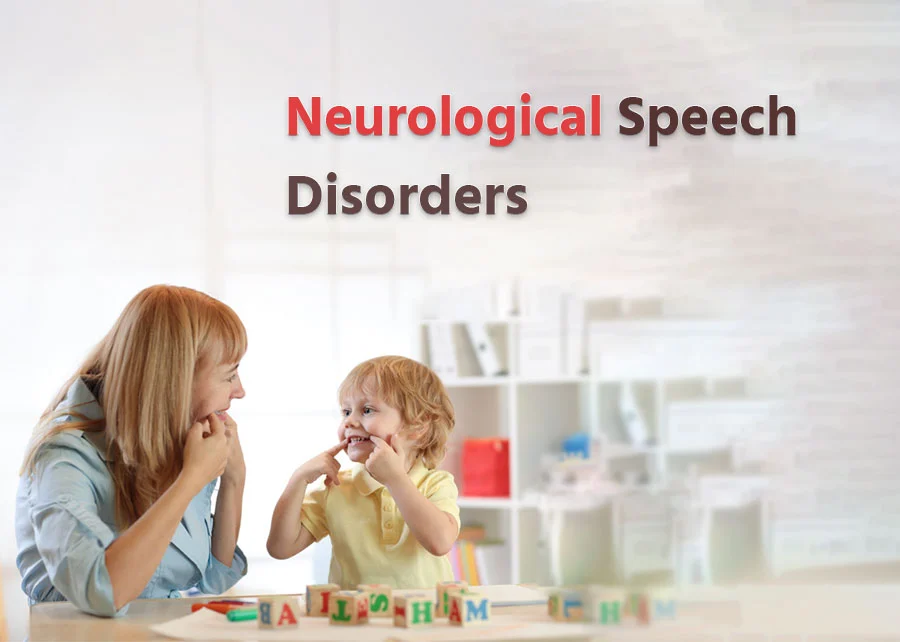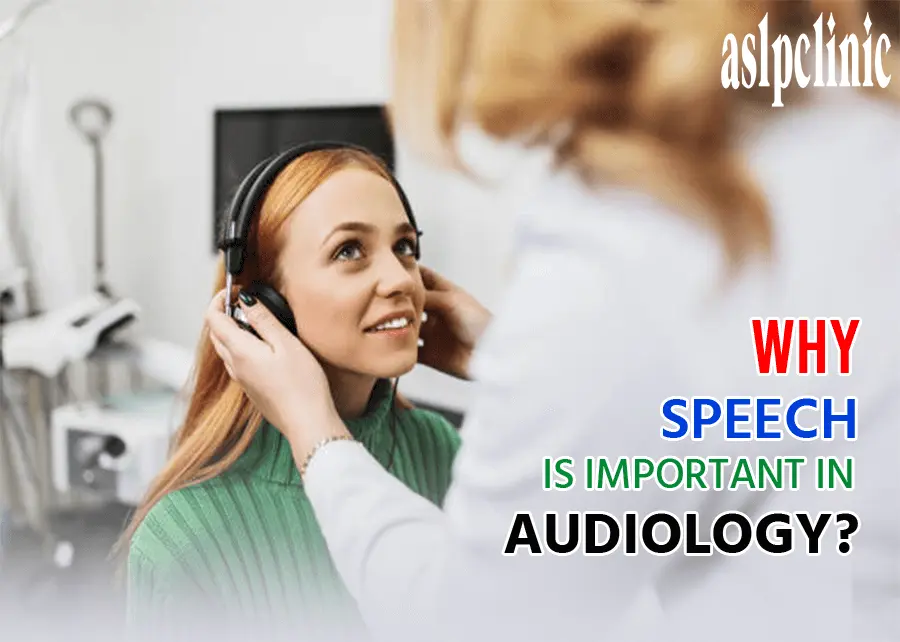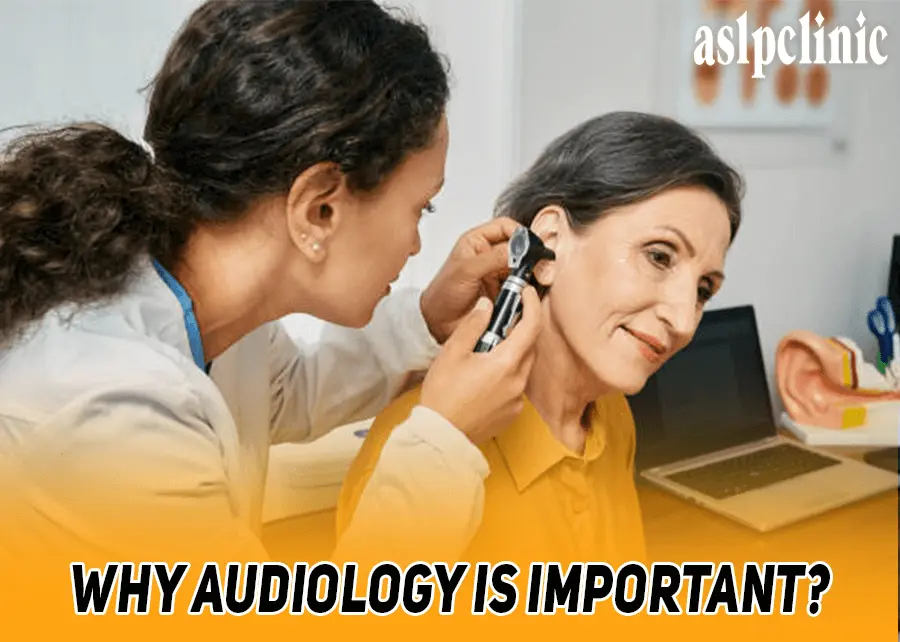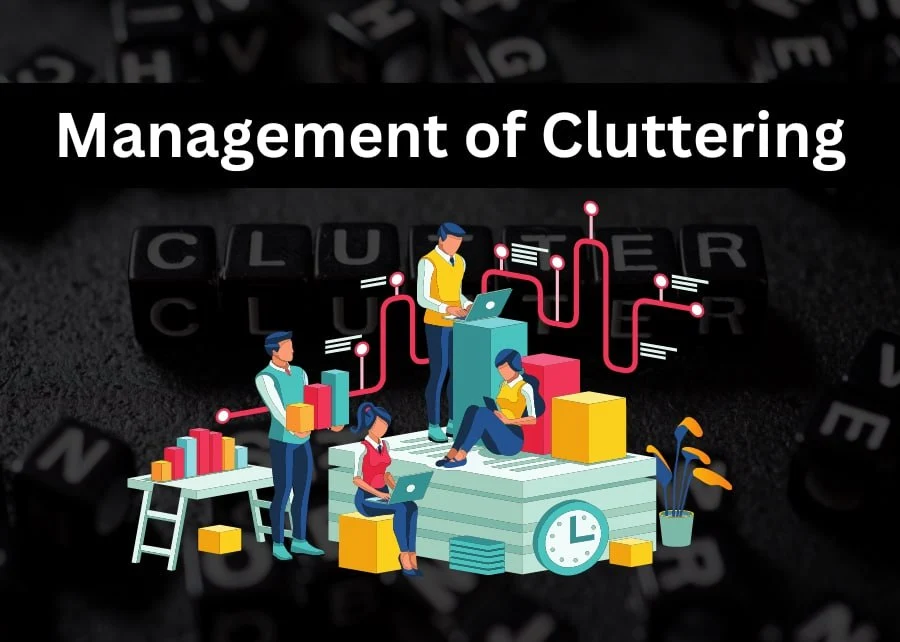Todays we will discuss about the reason of neurological speech disorders Various neurologic conditions, such as Parkinson’s disease, muscular dystrophy, multiple sclerosis, or ALS, may cause neurologic voice abnormalities. Additionally, a stroke may cause them. It is possible that these conditions may weaken the muscles that govern the voice box and affect the ability to control your voice.
Neurological speech disorders
ASLHA defines speech as humans outward production of sounds. A neurological speech disorders difficulty can be an inability to produce sound, a hoarse voice, stuttering, repeating noises, or pauses while speaking.
Language is the vocabulary we use to express ideas, it is not the same as speaking. However, language difficulties may cause difficulties in understanding, reading, writing and speaking.
The American Speech and Hearing Association defines a speech disorder as a problem with voice quality, sound articulation, or fluency. In addition to language and hearing difficulties, this is one of the forms of communication difficulties.
10 Types of Speech Disorders
Speaking may seem effortless, but it requires careful timing, nerve control, and muscle coordination. In addition, the vocal cords in the larynx, the teeth, tongue, lips, and mouth, as well as the breathing system, all require coordination.
The brain coordinates with voice speech comprehension and production. Moreover, An individual who has suffered a brain injury due to an accident, stroke, or congenital disability may experience speech and language difficulties.
A person with speech difficulties, especially those with articulation problems, may experience hearing difficulties. Having even a slight hearing loss can negatively impact a person’s ability to recreate sounds. Additionally, A congenital deformity, such as a cleft palate, might make it difficult for an individual to speak.
An individual with a cleft palate has a hole in the roof of their mouth, which interferes with air flow through their nasal and oral passageways. Other body parts related to speech may also be affected, including the lips, teeth, and jaw.
Stuttering is one of the speech disorders that may run in families. However, there are instances where it may not be possible to determine the precise cause of a person’s speech difficulty.
1.Autism Spectrum disorders
Autism spectrum disorder is a developmental disability caused by brain structure differences. Furthermore, some individuals with ASD have a recognized difference, such as a genetic disorder. There are still unknown factors. Several underlying causes are believed to contribute to the development of ASD. In light of this, there is still a great deal we do not know about these factors and how they affect individuals with Autism Spectrum Disorders.
People with ASD may behave, engage, communicate, and learn differently than typical people. Frequently, their appearance does not distinguish them from others. Moreover, People with ASD might have a wide range of talents. For instance, although some people living with ASD may be nonverbal, others may have extraordinary conversational abilities. Some persons with ASD require a lot of everyday assistance, while others can work and live independently.
ASD usually manifests well before age three and may last the rest of a person’s life. However, symptoms sometimes become better with age. ASD symptoms might appear in some kids during the first year of life. Others may not have symptoms until they are 24 months old or older. Some ASD children learn new skills and reach developmental milestones up to 18 to 24 months, at which point they cease doing so or lose their previous abilities.
Teenagers and young adults with ASD can have trouble making and keeping friends and interacting with adults and peers as they age. In other words, being aware of acceptable conduct in the workplace or school. Medical professionals could notice them since they also suffer from disorders like sadness and anxiety. In addition, attention deficit disorder affects persons with ASD more often than those without ASD.
2.Dysarthria
A sign of nerve or muscle injury is dysarthria. Moreover, the terms of Slurred speech, slow speech, local tongue, jaw, or lip movement changes in voice quality. In addition, some of its signs and symptoms are difficulty articulating, laborious speech, and other associated symptoms.
Muscle or nerve injuries can affect the vocal cords, diaphragm, lips, tongue, and other muscles involved in speech production.
Various conditions can cause this condition, which affects individuals of all ages. Damage to nerves or muscles may also cause it. Moreover, this may begin during the development of the womb or shortly after delivery as a result of diseases such as muscular dystrophy and cerebral palsy.
Strokes, tumors, and multiple sclerosis frequently cause dysarthria in adults. An SLP cannot do much to prevent muscle injury and even less to prevent nerve damage.
Changing your behavior can help manage dysarthria symptoms. Among these steps might be teaching someone to speak more slowly, practicing deep breathing, and exercising the muscles related to speech.
3.Apraxia
When it affects children, apraxia of speech is also known as verbal apraxia or acquired apraxia. Childhood apraxia of speech is a disorder of speech sounds. Moreover, It is difficult for a person with AOS to express themselves clearly and consistently. AOS is a neurological disorder that affects the brain circuits in charge of planning the sequence of movements required to create speech. Although the brain may grasp what it wants to say, it is unable to organize and sequence the sounds properly.
4.Aphasia
Aphasia is a linguistic disorder caused by injury to the left side of the brain. Individuals with aphasia may have difficulty understanding others, speaking, reading, or writing. A person with aphasia, for example, may be able to hear and understand another person but then may have difficulty responding with the appropriate speech sounds. In individuals with aphasia, it may be difficult to recall the correct word, develop words independently, and form complete sentences.
5.Cerebral Palsy
There are several conditions known collectively as cerebral palsy (CP) that affect a person’s mobility, balance, and posture. Cerebral palsy is the most common impairment in children. Moreover, The term cerebral refers to anything related to the brain. Muscle weakness or functional difficulties are referred to as palsy. Due to aberrant brain development or injuries to the growing brain, People with CP are unable to regulate their muscles.
6.Hearing Impaired
The phrase hearing impairment may be used depending on the circumstances. In particular, the People with Disabilities Education Act uses the technical term hearing impairment to describe the hearing loss in children.
It is defined in the Act that hearing impairment refers to any diminution in hearing, whether temporary or permanent, that interferes with a child’s performance in an educational setting.
Deafness is not included under the Act, which defines it as a severe hearing loss that interferes with the processing of linguistic information in an educational setting, whether with or without hearing aids.
7.Down syndrome
An extra chromosome causes the disorder known as Down syndrome. A chromosome is a discrete package of genes within the body. Additionally, A baby’s development throughout pregnancy and after delivery determines how their bodies will seem and function.
A newborn typically has forty-six chromosomes. One of the cells, chromosome twenty one, contains an extra copy in newborns with Down syndrome. However, the term trisomy describes the existence of a third copy of a chromosomal. Trisomy twenty-one is another term used to describe Down syndrome. Additionally, the infant may have problems with their cognitive growth due to this extra copy.
8.Visual Impaired
Most people suffer from some form of vision problem at some point. Some people have difficulty seeing distant objects. Moreover, others have difficulty reading tiny text. These types of disorders are often treated effectively with contact lenses or spectacles.
Severe or complete vision loss may occur when one or both of the brain’s or eye’s image-processing components are damaged or ill. Occasionally, medical treatment, surgery, or corrective lenses, such as eyeglasses or contacts, will not be able to restore vision completely.
9.Stuttering
We are familiar with the sound of stuttering, also known as stammering, and can recognize it quickly. The majority of people experience stuttering episodes at least once in their lifetime. Three million Americans are estimated to stutter.
Over ten percent of kids are assumed to engage in this behavior. According to the National Institute on Loss of Hearing and Other Communication Difficulties, 75% of children will outgrow it.
10.Speech Delay
The condition of speech delay, sometimes referred to as alalia by specialists, occurs when a youngster does not make the usual efforts to communicate vocally. Including a speech-language pathologist in the assessment is essential as various factors can cause this.
There are many reasons why a child may not be able to communicate in an age-appropriate manner. It may be that the youngster is a late bloomer or has a brain injury. During the evaluation process, a speech-language pathologist must weigh each possible reason for a delay in neurological speech disorders until one is identified.
You can share your valuable opinion in the comment section if you have any queries about neurological speech disorders.







